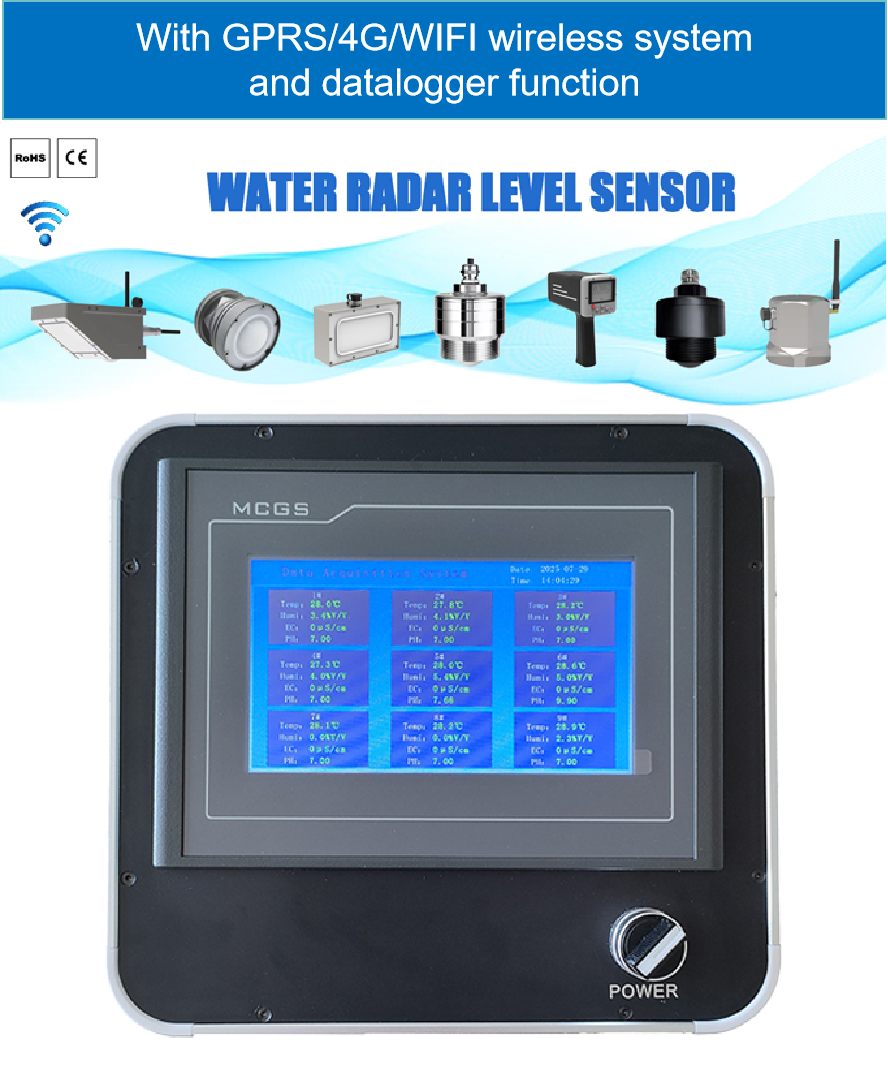GLEN CANYON, ARIZONA – As the Western United States grapples with a historic megadrought, every drop of water is critical. In a significant step towards precise water management, the U.S. Geological Survey (USGS), in collaboration with state water authorities, has announced the successful deployment of an advanced hydro-radar flow monitoring system downstream from the Glen Canyon Dam on the Colorado River. This deployment marks a new era of real-time, high-precision data collection for one of America’s most vital river systems.
The Challenge: Precise Measurement in a Critical Lifeline
The Colorado River is a “lifeline,” supplying water for agriculture and tens of millions of people across seven U.S. states and Mexico. Persistent drought has caused water levels in its major reservoirs, Lake Powell and Lake Mead, to plummet. Accurately measuring and managing every cubic meter of water released downstream has become a core issue for the region’s economy and stability.
The river section below Glen Canyon Dam is characterized by fast-moving and turbulent water, making traditional contact-based flow measurement methods not only dangerous for technicians but also difficult to execute during extreme hydrological events. This previously led to gaps and delays in data at the most critical times.
The Solution: Remote, Continuous, and High-Accuracy Radar Monitoring
The newly deployed non-contact radar flow meter (such as a model from SENIX or Valeport) is securely mounted on a bridge downstream of the dam. It works by emitting radar waves towards the river surface and analyzing the reflected signal using the Doppler effect to calculate surface velocity without any physical contact with the water.
“This system acts like a 24/7 ‘hydrologic sentinel,’” explained a USGS field engineer. “It entirely eliminates the risk of sensors being destroyed by floods or debris. Most importantly, during flood events—when the river is most dangerous and data is most critical—our technicians can gather essential velocity information from the safety of the bridge or even remotely.”
System Integration and Data Application
The radar flow meter is integrated with several key components:
- GPRS/4G Wireless Transmitter: Sends real-time velocity data instantly to the USGS National Water Information System and state water department control centers.
- Touchscreen Datalogger: Allows field personnel to view real-time data trends, configure parameters, and export historical logs for easy maintenance and calibration.
- Multi-Parameter Monitoring: The system simultaneously monitors water level and, combined with pre-calibrated channel cross-section data, automatically calculates real-time discharge.
This data is directly used for:
- Verifying Dam Discharge: Precisely auditing the amount of water released from Glen Canyon Dam to ensure compliance with water allocation agreements between downstream states.
- Flood Warning Models: Providing longer lead times for flood warnings to downstream communities.
- Environmental Flow Studies: Helping scientists understand the impact of different flow rates on the downstream ecosystem, providing data to support habitats for endangered fish species.
Future Outlook
The success of this project provides a model for upgrading monitoring technology at key sites throughout the Colorado River Basin and across the United States. Water resource authorities plan to roll out this non-contact radar technology at more critical and hazardous monitoring locations over the next five years.
“In facing the challenge of climate change, we must leverage the smartest technologies to manage our most precious natural resource,” the project lead concluded. “This investment not only enhances data quality and personnel safety but is also laying a solid foundation for our future water security.”
Complete set of servers and software wireless module, supports RS485 GPRS /4g/WIFI/LORA/LORAWAN
For more water radar flow sensors information,
please contact Honde Technology Co., LTD.
Email: info@hondetech.com
Company website: www.hondetechco.com
Tel: +86-15210548582
Post time: Oct-15-2025


